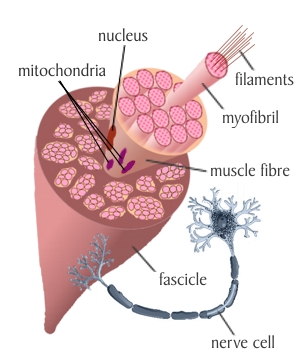

“The reason that isometric exercises are much better in the long run for joint and tendon health in speed development is torque.”ĭifferent studies argue back and forth on whether isometrics or plyometrics are overall better for muscle speed, but it is irrefutable that isometric exercises are immensely better for the joints and tendons. Plyometric training involves you exploding into a movement, like explosive jumps or explosive clapping push ups. The difference with a maximal isometric exercise is that you explode with intensity, but you don’t actually move, like trying to push against a brick wall with all your might. The idea for both plyometric and maximal isometric exercises is that you explode out from the beginning of the exercise. It may seem counterintuitive, but trying to increase the speed of your movement is the reason that isometric exercises can be better than plyometric exercises for speed. Intensity is key to your speed training, not the speed of the movement itself.

If, instead, you tried to do a shoulder raise on that same arm at maximal intensity for a fraction of the time, like seven to twelve seconds, you would fatigue the fast-twitch muscle fibers (and even all the muscle fibers) much more quickly. If you do an isometric exercise that involves holding a half-full cup of water out at arm’s length for four hours a day, you’ll develop lots of slow-twitch muscle because the intensity over time is low. The difference in which muscle fibers you build comes not from your training speed, but your training intensity.

Trying to build that by moving fast works your momentum much more than your actual muscle. Being fast-twitch muscle only means that it’s the fastest to fire and the fastest to fatigue. In fact, you can increase your injury risk in doing that. If you want to train fast-twitch muscles, you have to move fast, right? No, you don’t. This is the kind of muscle that you really want to develop to train speed – and it’s likely that you’re doing it so, so wrong. In fact, fast-twitch muscle fibers can contract ten times faster than slow-twitch fibers. “When you are performing a movement with incredible momentum, your muscles are only doing some of the work – kinetic energy does most of it.”



 0 kommentar(er)
0 kommentar(er)
